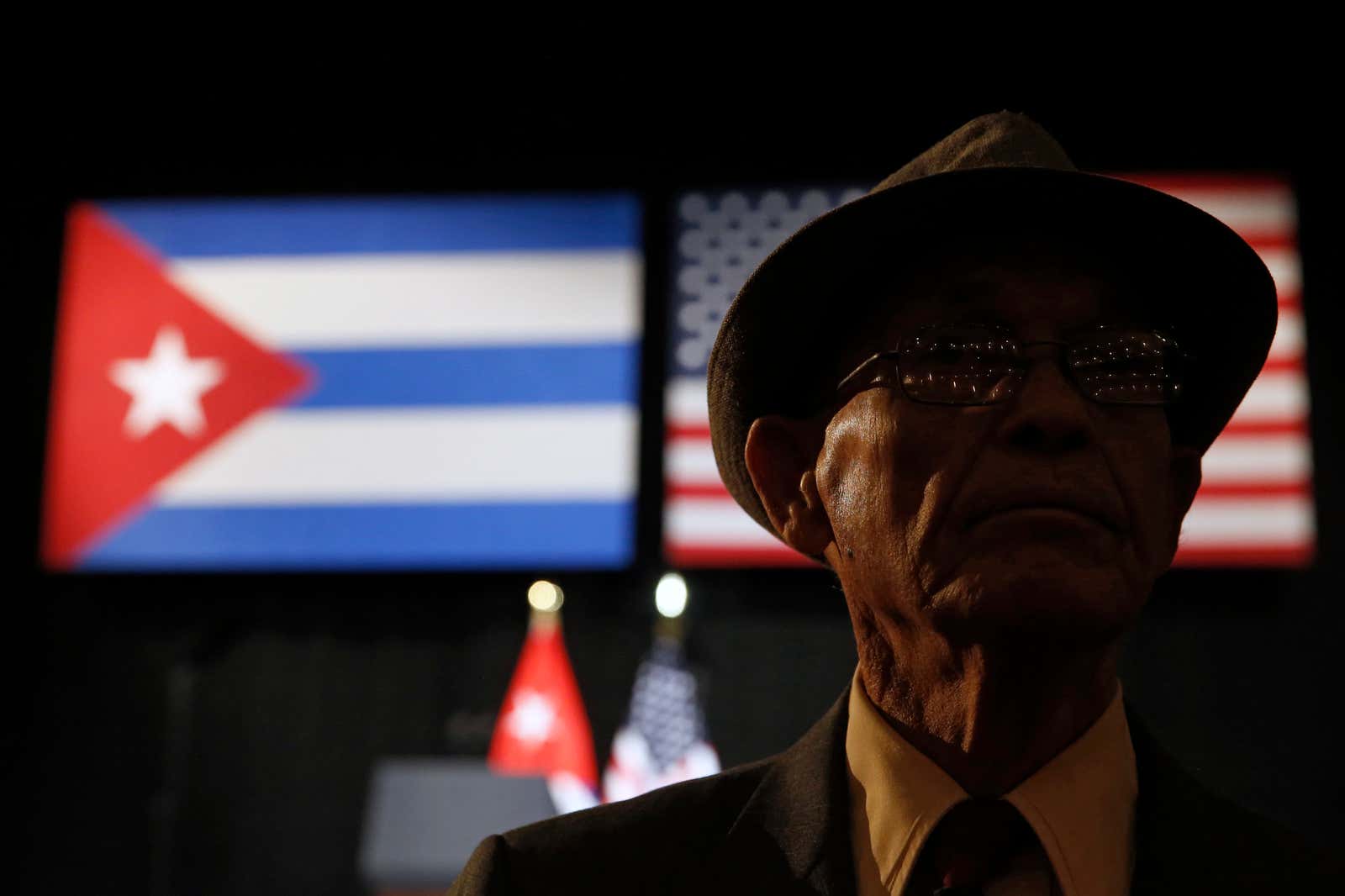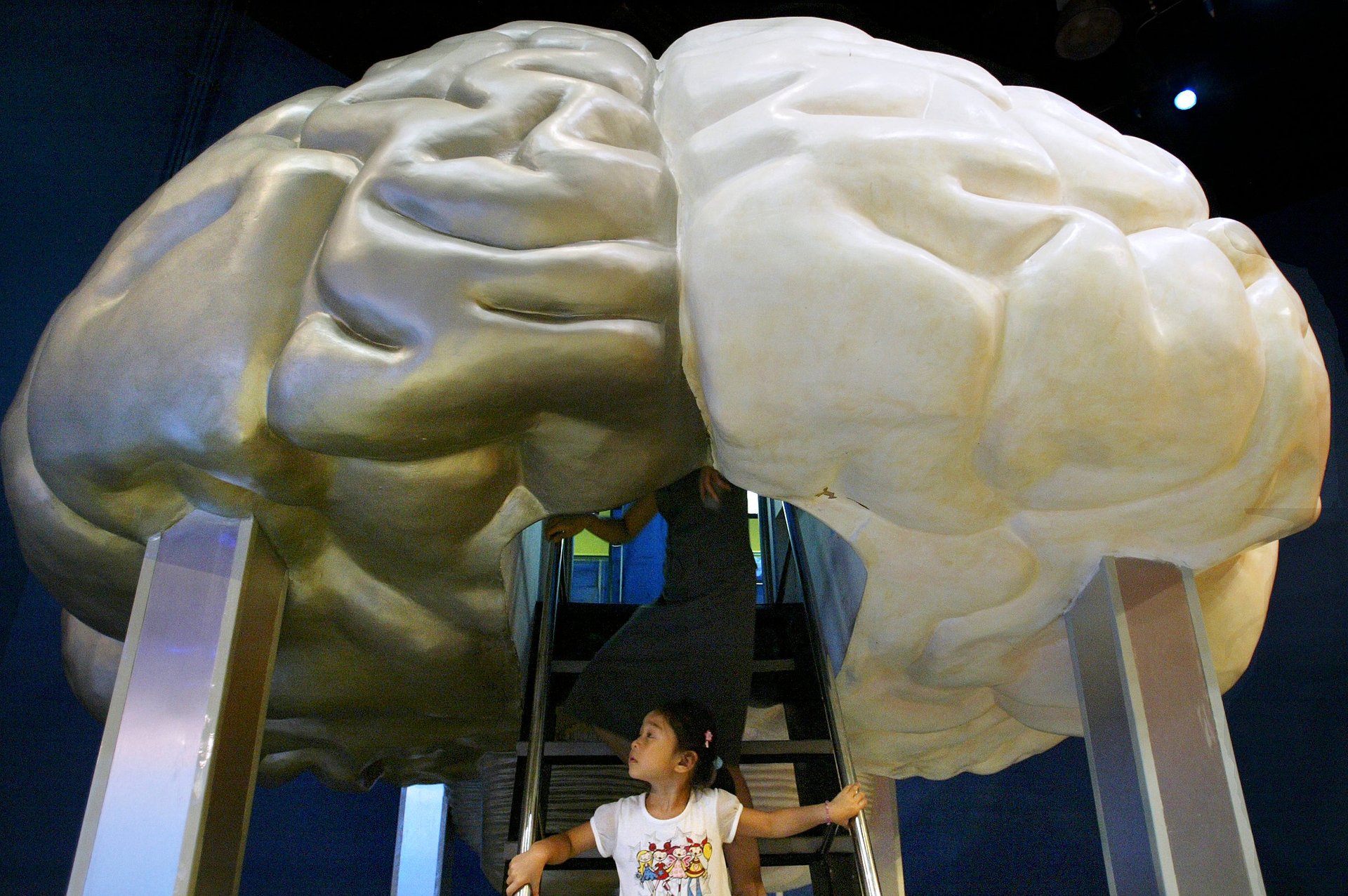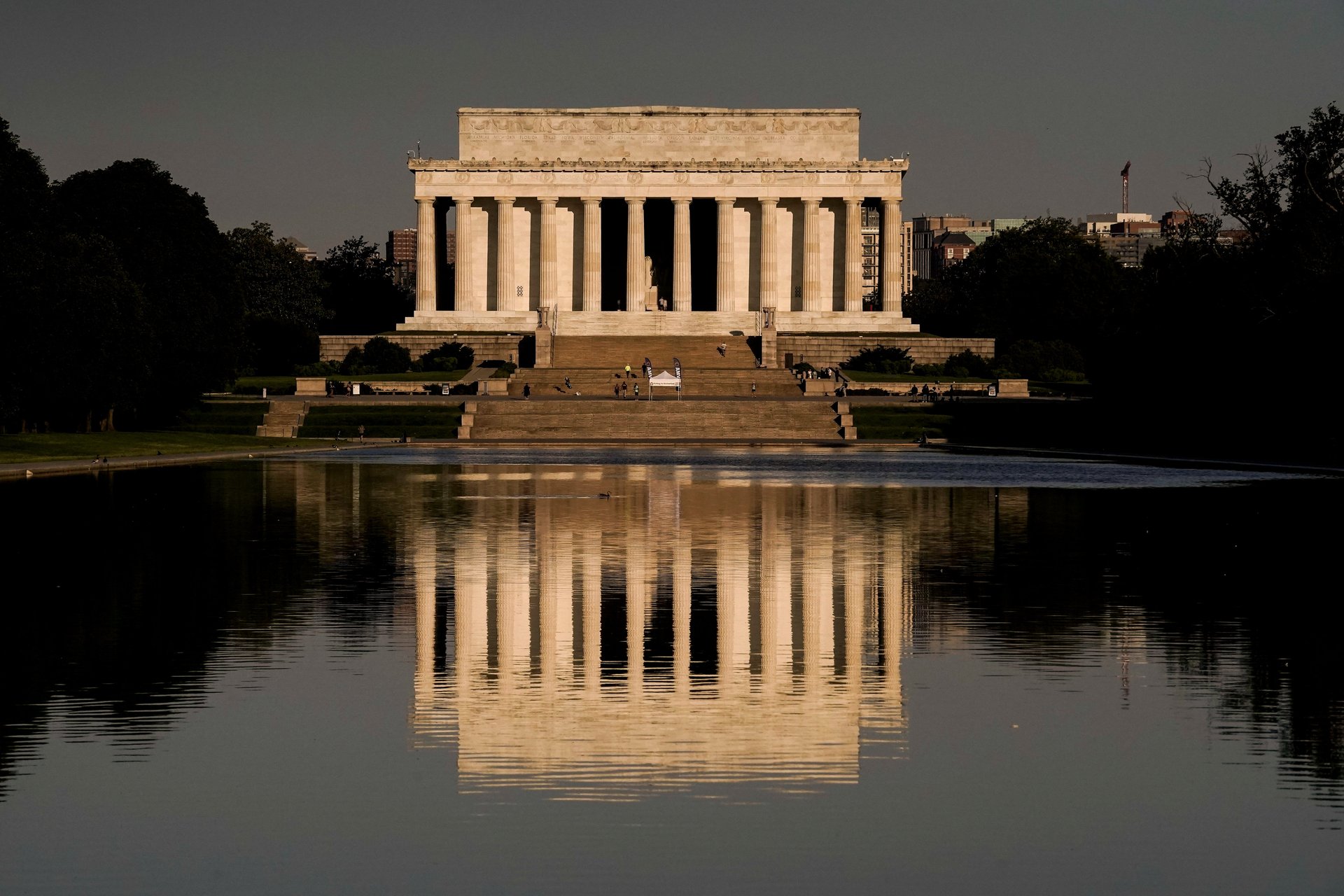Havana syndrome: Spooky sounds
A spy thriller, IRL

A spy thriller, IRL
Suggested Reading
An exotic location, a mysterious illness, and the ghosts of the Cold War: A spy thriller couldn’t have a more intriguing storyline. But the events that unfolded in Cuba in 2017 are not the product of anyone’s imagination, and for the dozens of diplomats and intelligence officers affected, it’s still very much a reality.
Related Content
The condition commonly referred to as Havana syndrome, which presents concussion-like symptoms such as nausea, dizziness, nosebleeds, and short-term memory loss—and, in one case, blindness in one eye, was named after the Cuban capital where the first cases where identified. But it has since been reported around the world.
Between 2018 and 2021, an invisible enemy appeared to target high-level American diplomatic efforts in countries as varied in their relations to the US as China, the UK, and India. We still don’t know for a fact who or what causes Havana syndrome, but what’s indisputable is that it created real damage to relations between Cuba and the US.
Let’s put a bag of popcorn in the microwave and delve into this mystery.
By the digits
1000+: Cases reported across the world after the US encouraged reports of unexplained illnesses—most of these were later attributed to non-suspicious causes
200+: Cases under investigation by the CIA, half of them reported among members of the US intelligence community
Two dozen: Cases that the CIA could not explain as having an environmental cause
96: Countries in which cases have been reported
40: US officials whose brains were analyzed in a University of Pennsylvania study that showed differences compared to healthy individuals
30+: Current and former CIA officers who accused the agency of “soft-pedaling” its investigation into Havana syndrome
C$28 million ($20.5 million): Damages claimed in a lawsuit filed by 14 Canadian diplomats and their families, who accuse their government of failing to warn, evacuate, and treat them in response to Havana syndrome
Origin story
The microwave weapon hypothesis
When news of the health conditions affecting US embassy staff in Havana first broke in 2017, initial reports focused on victims’ ear pain. This raised the hypothesis of a “sonic attack” produced with some form of long-range acoustic device such as those US police forces have deployed repeatedly against protesters.
After the University of Pennsylvania published the study of the victims’ brains in 2019, lead author Douglas H. Smith raised the prospect of microwaves as a possible culprit, and of a device capable of directing a beam of pulsating electromagnetic or radiofrequency waves toward a specific target.
It all links back to a phenomenon known as the Frey Effect, named after Allan H. Frey, the lead scientist of the research that first identified that microwaves can trick your brain to perceive them as sound that won’t go away if you try to cover your ears.
Who’s capable of building such a device? The US military has patented technology that could be used for the purpose, and it’s an area in which Russia and China, as well as a number of European countries have reportedly made strides. But one of the main arguments US intelligence reports cite in determining the low likelihood of a foreign agent being responsible for Havana syndrome is precisely that “there is no credible evidence that a foreign adversary has a weapon or collection device that is causing AHIs [anomalous health incidents].” However, some agencies continue to acknowledge that radiofrequency (RF) energy is a plausible cause for the health incidents.
Quotable
“All agencies acknowledge the value of additional research on potential adversary capabilities in the RF field, in part because there continues to be a scientific debate on whether this could result in a weapon that could produce the symptoms seen in some of the reported AHI cases.”
—Excerpt from the Mar. 1, 2023 US National Intelligence Council report on the anomalous health incidents (AHI).
Explain it like I’m 5

Havana syndrome’s “immaculate concussion”
Some victims heard a sound. Others simply felt a sense of overwhelming pressure. Many reported difficulties focusing and other cognitive impairments. But when news of an illness affecting US embassy staff in Havana first became public, the focus was on hearing loss, and talk of “sonic attacks” quickly began to spread.
The embassy workers affected by the mysterious illness were taken into care at the Penn Center for Brain Injury and Repair at the University of Pennsylvania, where doctors soon began associating the various reported symptoms with those of a concussion: nausea, dizziness, vertigo, ear pain, blacking out, and short-term memory loss.
Concussions are usually the result of a blow to the head, and while that’s a common cause, impact with an object isn’t the only way to suffer a brain injury. A jarring movement, such as the abrupt braking of a car traveling at high speed, can also cause damage to the axons, a cable-like part of the nerve cell that transmits stimuli from one neuron to the other, creating brain trauma. While still the subject of research, intense exposure to microwave frequencies has also been linked to brain injuries of the kind suffered by the US embassy staff.
Pop quiz

Which one of these DC-based locations was reported to be a site of a Havana syndrome-like attack?
A. Lincoln Memorial
B. Washington Monument
C. Harry Truman Building
D. Eisenhower Executive Office Building
Sleuth the answer at the bottom of this email!
Fun fact!
In the midst of the Cold War, the US government began to suspect that the Soviet Union was targeting the embassy in Moscow with microwave radiation. The decade between 1967 and 1977, during which Washington tried to put an end to the Kremlin’s attacks, was dubbed “Microwave Diplomacy.”
Brief history of Havana syndrome’s on North America’s relations with Cuba
Aug. 2015: US embassy reopens in Havana for the first time in 54 years after president Barack Obama announces a major US foreign policy change in its relations with Cuba that is expected to challenge Russia’s influence on the island and boost economic opportunities for its people.
Late 2016: First cases are reported in Havana, largely in the homes of the embassy’s staff.
June 2017: US president Donald Trump reinstates some restrictions to travel and trade with Cuba.
Aug. 2017: In a State Department press conference, CBS reporter Steve Dorsey raises the issue of “incidents” affecting embassy staff in Havana. Spokesperson Heather Neuart confirms publicly, for the first time, that a number of US government employees have been affected by a “a variety of physical symptoms” and reveals that the US expelled two Cuban embassy officials in May, but refuses to explain why. The following day, the Canadian government confirms at least one of their embassy staffers in Havana has also been affected.
Oct. 2017: The US embassy in Havana shuts down.
Apr. 2018: Canada repatriates families of its embassy staff posted in Cuba.
Jan. 2019: Canada slashes the number of staffers at its embassy in Cuba.
Jun. 2020: The Trump administration orders the Marriott hotel chain to wind down operations in Cuba.
Sept. 2020: The Trump administration imposes new restrictions on trade and tourism to Cuba.
Feb. 2021: The CIA launches a task force to investigate the episodes affecting US government officials.
Sept. 2021: The Pentagon asks staff around the world to report any and all unexplained illnesses.
Oct. 2021: US president Joe Biden signs a law granting compensation to victims of Havana syndrome.
Jan. 2022: A CIA interim report excludes the possibility of a foreign nation’s involvement in the majority of cases reported, identifying environmental and medical factors as the cause of most illnesses. The report estimates that two dozen cases remain unexplained and should be the focus of investigations.
Jan. 2023: The US reopens its Cuban embassy visa and consular services.
Mar. 2023: A US intelligence report reinforces the CIA’s interim findings that it is unlikely that a foreign entity targeted US officials. Cuban officials take the report as a confirmation that their country was unjustly punished. “Nothing will repair the damages caused to the Cuban families as a result of the extreme measures taken on the basis of lies,” tweets Cuban foreign minister Bruno Rodriguez Parilla on Mar. 2, referring to economic loss the country suffered as a result of the US’s retreat.
Listen to this!

In October 2017, the Associated Press obtained and published the sound recorded by a US government employee in Cuba, who reported the symptoms associated with Havana syndrome. Not all of those affected by Havana syndrome reported hearing a sound, but those who did described it in various ways, such as “weird,” “loud,” like “water rushing,” and “high-pitched” like a “tea kettle on steroids.”
In its initial response to the cases reported, the Cuban government alleged it was simply the sound of cicadas. In 2019, two scientists who analyzed the AP video also identified the sound as coming from crickets. A 2018 US state department scientific review also pointed to crickets as “the most likely source of the recorded sounds.” But the difference between the sound that animals might make and the kind reported by some Havana syndrome patients is that the sound and its effects would stop as soon as the subject moved away from the spot where they were first affected.
Poll

What is your primary relationship to microwaves?
- I enjoy them responsibly to warm up food
- That’s classified
- I don’t have one, but I do have a tinfoil hat
💬let’s talk!
In last week’s poll about Adani Group, a whopping 62% of you believe the conglomerate is going to be A-OK as long as Narendra Modi remains prime minister of India’s government.
Today’s email was written by Sofia Lotto Persio (has only ever had Havana Club), and edited and produced by Annaliese Griffin (has been to Havana and will remain mum on the details).
The correct answer to the quiz is D. Eisenhower Executive Office Building. A National Security Council official reported feeling sick outside the building, which is next to the West Wing, in summer 2019.